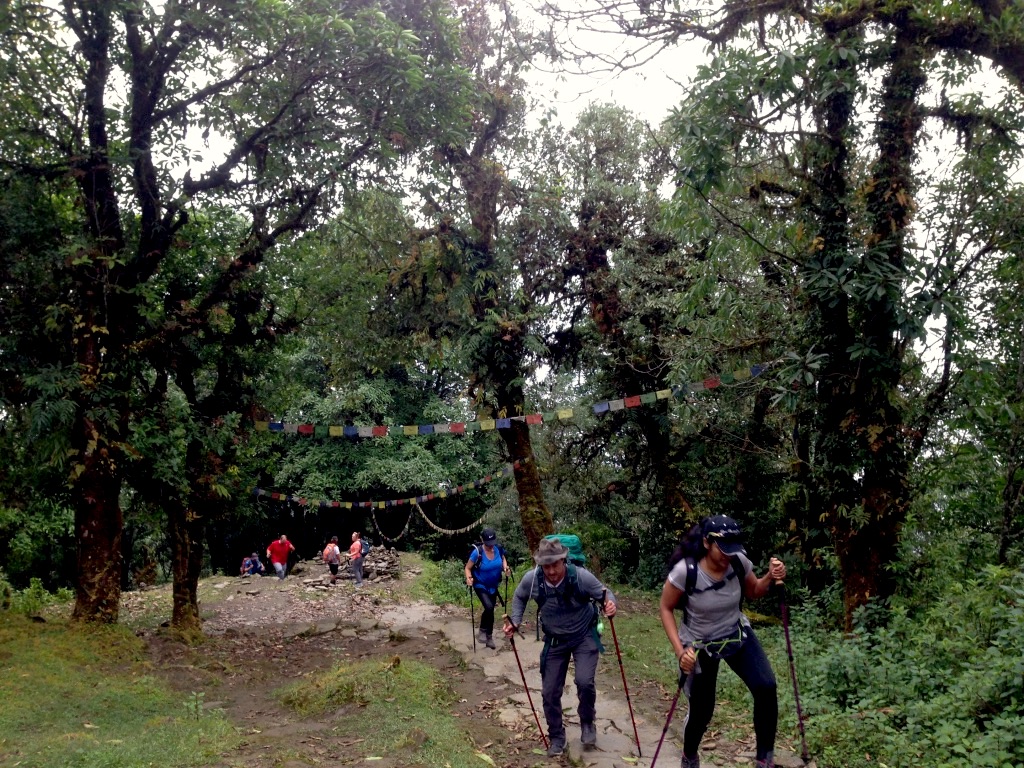Nepal Travel Recommendation: Covid-19 Everything you need to know
Corona in Nepal
Amid widespread concerns in Nepal and the World Health Organization raising the global risk of the Covid-19 outbreak to “very high”, the government is now scrambling to step up measures to contain the possible outbreak of the deadly disease.
Being a southern neighbor to China, where the Covid-19 has killed thousands of people, so far no cases of coronavirus have been detected. Those who are quarantined to date, are found negative. The government has installed a temperature scanner at the Tribhuvan International airport, that helps the health inspector segregate a potential patient. In response, the Nepal Government has introduced new safety measures at airports including health screening and medical checks on travelers who have recently been to China. If you display symptoms of infection, you may be quarantined or kept in the hospital for 14 days.
The government is planning to stop all the flights to mainland China for potential outbreaks. The government has closed the tourist borders crossing point with China. To date, any suspected case will be quarantined for 14 days. A group of Nepalese citizens were repatriated from Hubei, China on February 16 and quarantined at Kharipati, Bhaktapur, Nepal. None of the students were found infected.
About coronavirus
Coronaviruses (CoV) are a large family of viruses that cause illness ranging from the common cold to more severe diseases such as Middle East Respiratory Syndrome (MERS-CoV) and Severe Acute Respiratory Syndrome (SARS-CoV). A novel coronavirus (nCoV) is a new strain that has not been previously identified in humans. Coronaviruses are zoonotic, meaning they are transmitted between animals and people. Detailed investigations found that SARS-CoV was transmitted from civet cats to humans and MERS-CoV from dromedary camels to humans. Several known coronaviruses are circulating in animals that have not yet infected humans.
How did it start?
Pneumonia of unknown cause detected in Wuhan, China was first reported to the WHO Country Office in China on 31 December 2019. WHO is working 24/7 to analyze data, provide advice, coordinate with partners, help countries prepare, increase supplies and manage expert networks. The outbreak was declared a Public Health Emergency of International Concern on 30 January 2020.
The disease caused by the new strain of coronavirus, also dubbed SARS-Cov-2, has so far killed 2,933 and infected 85,6 82 people worldwide.
Symptoms of Coronavirus
Common signs of infection include respiratory symptoms, fever, cough, shortness of breath and breathing difficulties. In more severe cases, an infection can cause pneumonia, severe acute respiratory syndrome, kidney failure, and even death.
2-March-2020
All 175 Nepalis quarantined for the last two weeks after returning from Hubei Province of China, the epicenter of the new coronavirus outbreak, have tested negative for Covid-19, the disease attributed to the virus
4-Mar-20
This is to bring you all the updates on the current status of Nepal regarding the threat of the Wuhan Coronavirus (COVID 19).
According to the Ministry of Health Government of Nepal, a Nepali national who was confirmed to be infected with the Novel Coronavirus is now fully recovered. He has been discharged from the hospital within the week once the last observations on the test results were done. (Source: Ministry of Health, Government of Nepal)
To date, besides the above-mentioned case, no other Nepali or citizen of another country has been identified as being infected by the virus. (Source: Ministry of Health – Government of Nepal)
The 175 university students and Nepali nationals who were brought to Nepal on the 14th of February 2020, from Wuhan, China, were sent to the special quarantine unit away from human settlements with all modern testing and monitoring facilities. They were in quarantine for 2 weeks before being tested for a final time before discharge. The unit is fully equipped with all the necessary medical facilities needed for the isolation and the treatment of the individuals – if confirmed infected. None of them have shown signs of the infection nor confirmed as being infected by the virus, despite repeated tests. (Source: Ministry of Health – Government of Nepal)
The security measures taken at the Airports, Land Borders and Hospitals, etc are still active in the same manner and a special Task Force team is actively overseeing the measures taken, under the direct supervision of the ministry of health. A new directive at the airport has started using thermal guns and also a disinfectant spray. The Ministry is also furnishing a daily SITREP to the World Health Organisation (Source: Health Ministry – Civil Aviation Authority of Nepal (CAAN)
Sukraraj Tropical and Infectious Disease Hospital (STIDH) – Kathmandu is now equipped with a special unit with all the required medical / staffing facilities and is ready to serve the public in any situation that might occur. Other hospitals under the instruction of the Ministry of Health have certain sections isolated and kept ready for any eventuality should that arise. (Source: Ministry of Health – Government of Nepal)
Also, the general public is continuously being educated on preventative measures needed in order to minimize the risk of getting infected, via a joint effort of WHO and the Ministry of Health, media channels and regional health departments.
As a whole, we are pleased to inform everyone that Nepal doing what it can in the face of the COVID 19 threat and can responsibly state that to date, the country remains OK for travel. Should there be any changes on the ground we will keep you updated. Nepal’s distinct advantage is that we have only one international airport, which has a very small amount of transit passengers and since its a small airport, not too many flights.
As of today, the Government has suspended VISA on ARRIVAL.

